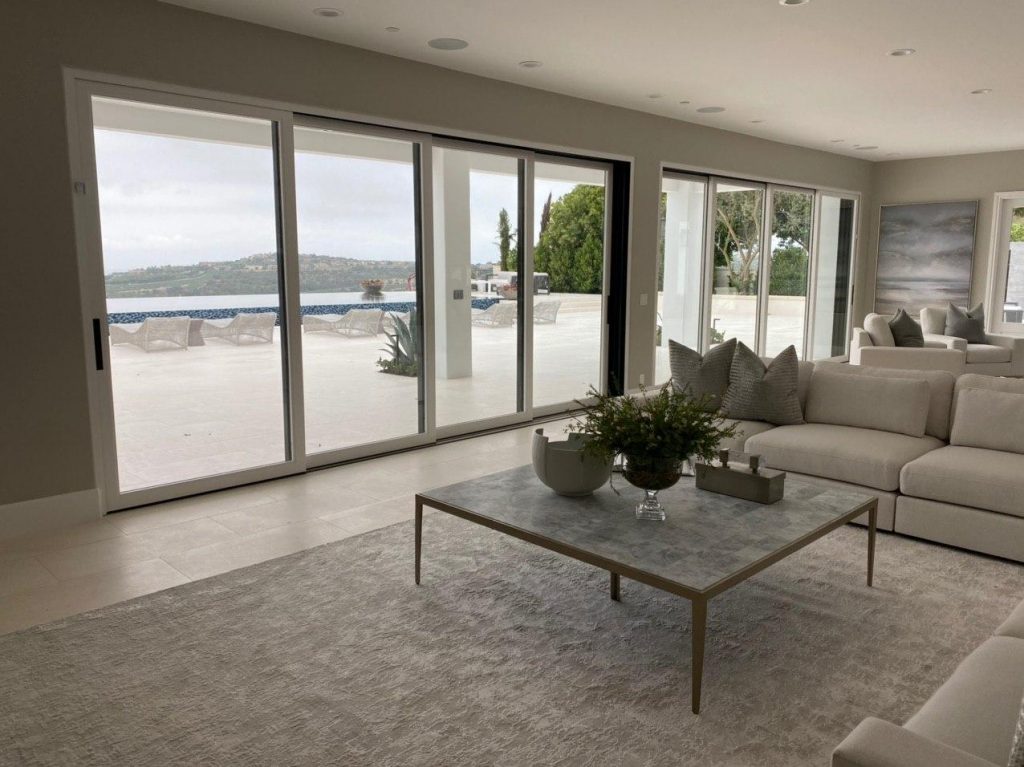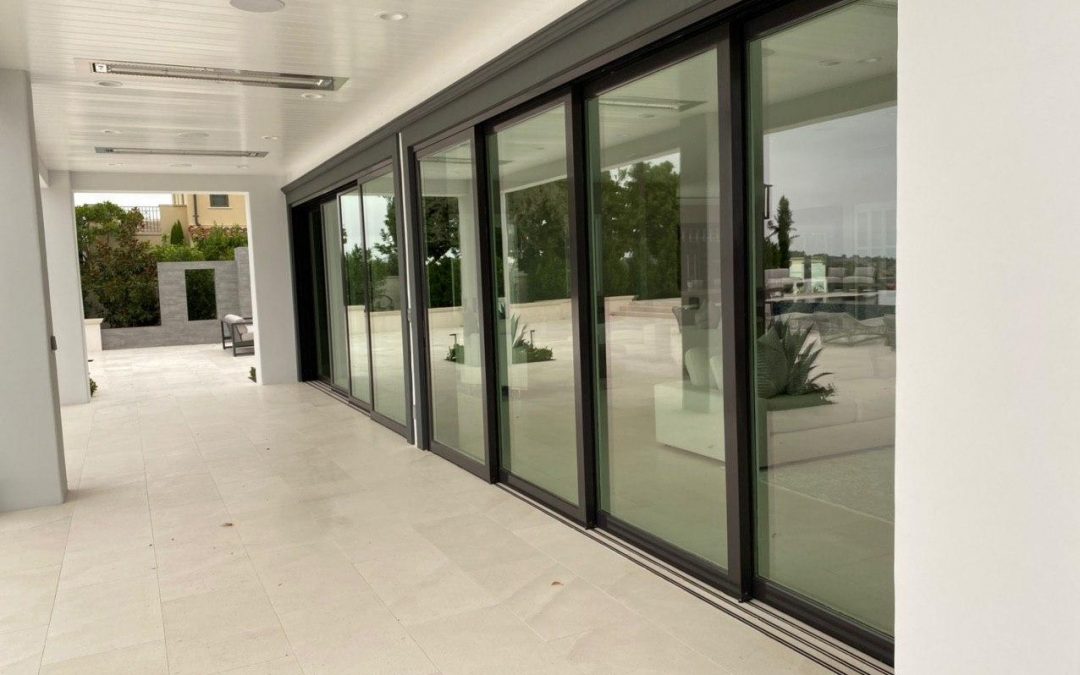Predominantly glazed room additions and incorporations into glass houses design will prove to be the most significant development in domestic architecture since we moved out of caves and into living spaces built out of logs and bricks and mortar!
Although at a time when so many homes have a conservatory (1 in 4 is the latest estimate) is it not inevitable that a downturn is likely if not already taking place? As the rate of order intake decreases across the U.S what are the real trends?
The industry has become enormous. It is the biggest ever in terms of home improvements, easily outstripping its rivals in terms of expenditure. It is the average family’s third-highest spend after the house and the motor car! Additionally, there are all the purchases that take place after the conservatory is built such as furnishings, blinds, and conservatory plants. Acquiring these items is a continual process of buy and replace with what is fashionable and what has worn out. I would suggest that the same is the case with the main ‘conservatory’ itself. The glazed conservatory frames can be replaced (the part above the base and walls) with, in many cases, something more visually appealing and technically worthwhile.

Can we really expect conservatory replacements to prevent a downturn? Or, can we expect that in a couple of years time 1 in 2 homes will have a conservatory? For expectations such as these to achieve reality the industry must take a long look at itself, and re-examine its past attitudes. The product must be more fully understood in its technicalities. Visual qualities must be addressed to make these structures far more appealing and to create new looks. To have a conservatory has become highly fashionable but fashions wain without some sort of re-invention. Most suppliers have lost sight of their real potential, concentrating too much on the ‘bottom line’ for the ever-increasing number of repetitive installations.
Over the last 10 – 15 years, we have seen the creation of this new product and of its an industry. Estimates vary greatly as to its size but £15 billion per annum in the U.S ($25billion) over the last year alone wouldn’t seem far off the mark. The amazing thing is, is that the product is in its infancy! Why? Are these structures not just live in greenhouses, a combination of frames and glass. Isn’t a window at the end of the day, no matter how many you place side by side?
Quite frankly the conservatory AND their integration into domestic buildings and architecture will prove to be the most significant development since we moved out of caves and into living spaces built out of logs and bricks and mortar! The point here is that we are now learning to create and control, beautiful light, warm and airy spaces. We are only now beginning to move out of our cave-like existence!
Technically, the most powerful developments so far have been in glass and glazing technology. Then there has been the advent of multi-wall translucent polycarbonate sheets and the development of roof and window frame glazing profiles.
The achievement of transparency without enormous heat loss has been one of the greatest challenges – at least at economical cost. It has been the same problem even in warmer climates except the challenge was to keep the heat out. The end result is naturally light and far healthier living spaces.
Most of the work required to achieve growth in the industry is to be ultimately far more professional in it’s attitude to the product and to its customers.
What can we expect from future developments? It is now possible to flick a switch and a glazed area will immediately become blackened out or greyed out or any other color for that matter. The technology is called ‘smart glass’ and the cost is falling. Not only will we be able to create privacy as required, but further control of heat energy flow is introduced.
The public is becoming more aware of the benefits and the potential downfalls in having a conservatory built. Some of the so-called conservatory structures built on homes to date leave a great deal to be desired. They are a long long way from environmental control technology. Many suffer from uncontrollable overheating when the sun comes out. Suppliers who continue to offer a product which is sub-standard on the false ill-advised premise of being cheaper (you don’t need roof ventilation attitude) will bring themselves down and put the whole industry at risk.
You might say that I am bound to say it, but including real design capability within conservatory supplies will add real perceived value. Just offering design drawings for customer approval and a copy for the customer to hang on to, properly presented, will ensure that friends and neighbors will benefit from your design knowledge and expertise.

